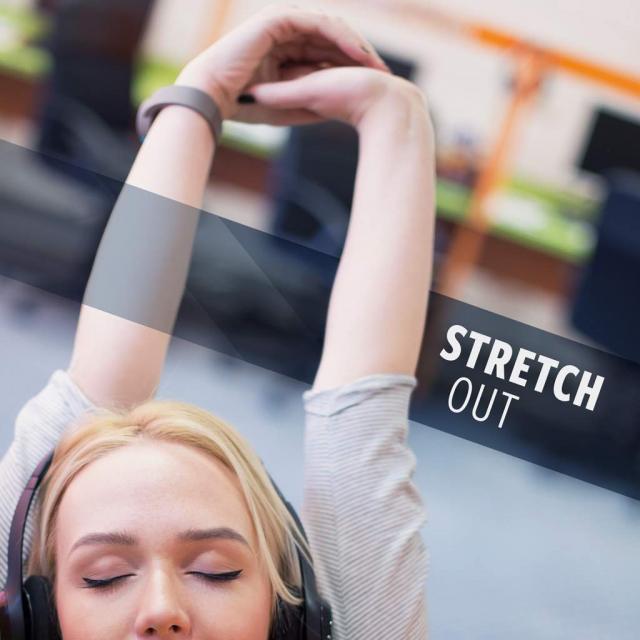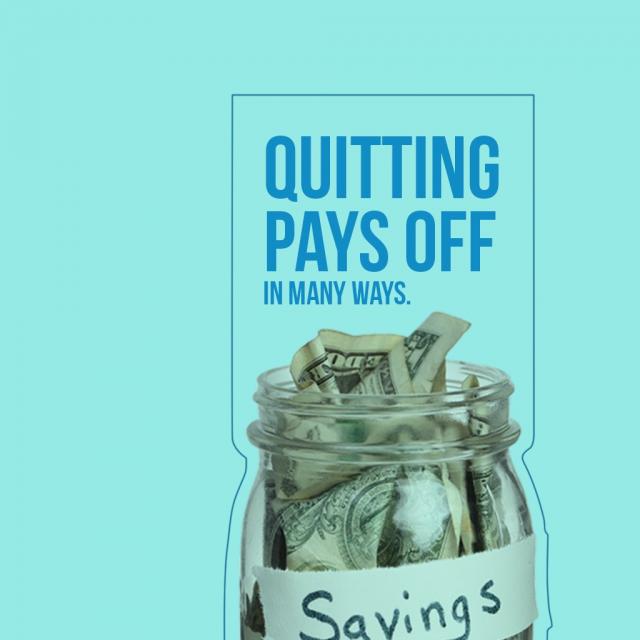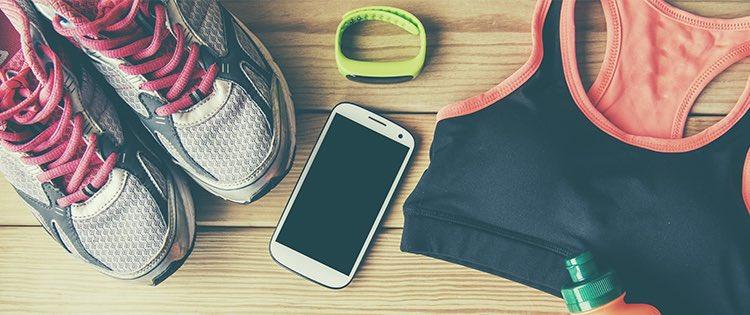Include exercise in your quit plan–it can help you get through withdrawal and cravings.

Regular physical activity reduces the risk of heart disease, stroke, high blood pressure, some cancers, and type 2 diabetes. It also helps maintain a healthy weight and ease stress. Exercise is also a great way to distract yourself from cravings, and it can help you deal with the symptoms of withdrawal.
Use Exercise to Help You Quit
Exercise can be an important part of your plan to quit smoking. Regular exercise is a great way to reduce cravings, negative mood, and withdrawal symptoms during the first few days of quitting. Plus, when you quit, your heart rate will decrease, your blood circulation will increase, and your lung function will improve—making your workout performance better too.
Ways to Get Fit
Get Your Heart Pumping
Cardiovascular exercise is an important part of any exercise routine. Aim for at least 30 minutes of moderate-intensity physical activity five or more days a week. Or at least 20 minutes of vigorous-intensity physical activity three or more days a week. Don’t have 30 minutes a day? Studies show that exercising for 10 minutes three times a day gives the same benefits as 30 minutes of nonstop exercise.
You don't need fancy equipment for cardio exercises. Plenty of cardio exercises rely only on your body, such as jumping jacks, running, and dancing.
Grow Stronger
Strength training (also called resistance training or weight lifting) can improve your muscle strength, bone health, balance, and coordination. Building muscle increases the number of calories your body burns when you’re not exercising. And, building strong bones is important in preventing and treating osteoporosis, a disease when the bones become weak and more likely to break. Osteoporosis is more common in women and smokers.
Weights, resistance bands, or medicine balls are commonly used for resistance exercises. You also can use your own body weight, bricks, bottles of water, or any other weighted object that you can handle safely. Include a set of exercises for each major muscle group: arms, legs, back, and chest. Each exercise set should include 8–12 repetitions. As you get stronger, you might want to work up to two or three sets of exercises for each major muscle group.
Stretch and Connect with Your Body
Stretching can improve your flexibility and balance. It also can help you perform better and reduce your risk of injury during other activities. You can stretch anytime, anywhere. Try for 20–30 minutes of stretching activities two or three days a week. Stretch each of the major muscle groups.
Take a Stand for Health
Recent studies show that sitting for a long time is bad for your health, even if you exercise regularly. Sitting too much has been linked to heart attacks, heart disease, and death from cancer. Here are a few simple ways you can reduce your sitting time and maintain your health:
- Break up sitting times. Try to get up and move around about every 30 minutes or so.
- Stand when you can. If you work in an office, try a standing desk. More workplaces are making standing desks available to employees.
- Give yourself reminders to sit less. At home, get out of your chair briefly at every TV commercial.
- At work, use a smaller coffee cup or glass so you need to make more trips for refills. Or schedule several walking or standing meetings a week.
10-Minute Workout
Experts say women should get at least 30 minutes of moderate-intensity physical activity five or more days a week. But finding an extra 30 minutes a day for exercise in a busy life can be difficult. When time is limited, you might try breaking it into 10-minute chunks.
Getting at least 10 minutes of continuous, moderate activity three times a day can give you the same health benefits as 30 minutes of nonstop exercise. Here are some ways to squeeze in 10-minute workouts:
- Walk up and down the stairs at work for 10 minutes.
- Start your day with 10 minutes of stretches or strengthening exercises, such as lunges and bicep curls.
- Search YouTube for short workout videos. You’ll find many quick routines for a variety of skill levels, from beginner to advanced.
- Work off some of the stress of the day by exercising or dancing to your favorite music for 10 minutes.
- If you’re on a long phone call, do 10 minutes of squats or calf raises to strengthen lower-body muscles.
How Smoking Affects Your Workout
Smoking affects your body’s ability to be fit and get the most out of exercise.
Blood Flow
The nicotine and carbon monoxide from smoking can contribute to narrow arteries, which reduces the flow of blood to your heart, muscles, and other body organs. When exercising, your muscles won’t get enough oxygen and your body can’t work as well.
Heart
When you smoke, your heart has to do extra work to pump blood, which increases your heart rate. Your heart rate could possibly rise to dangerous levels to perform the physical activities you're asking your heart to do. A higher than normal resting heart rate can increase the risk of death.
Lungs
You’re able to exercise better when your lung capacity is good and your lungs work well. Smoking hurts your lung capacity. The tar in cigarette smoke coats your lungs and makes the air sacs less elastic. Smoking also produces phlegm that can make your lungs congested. Smoking even a few cigarettes a day can decrease your body’s ability to use oxygen effectively.







